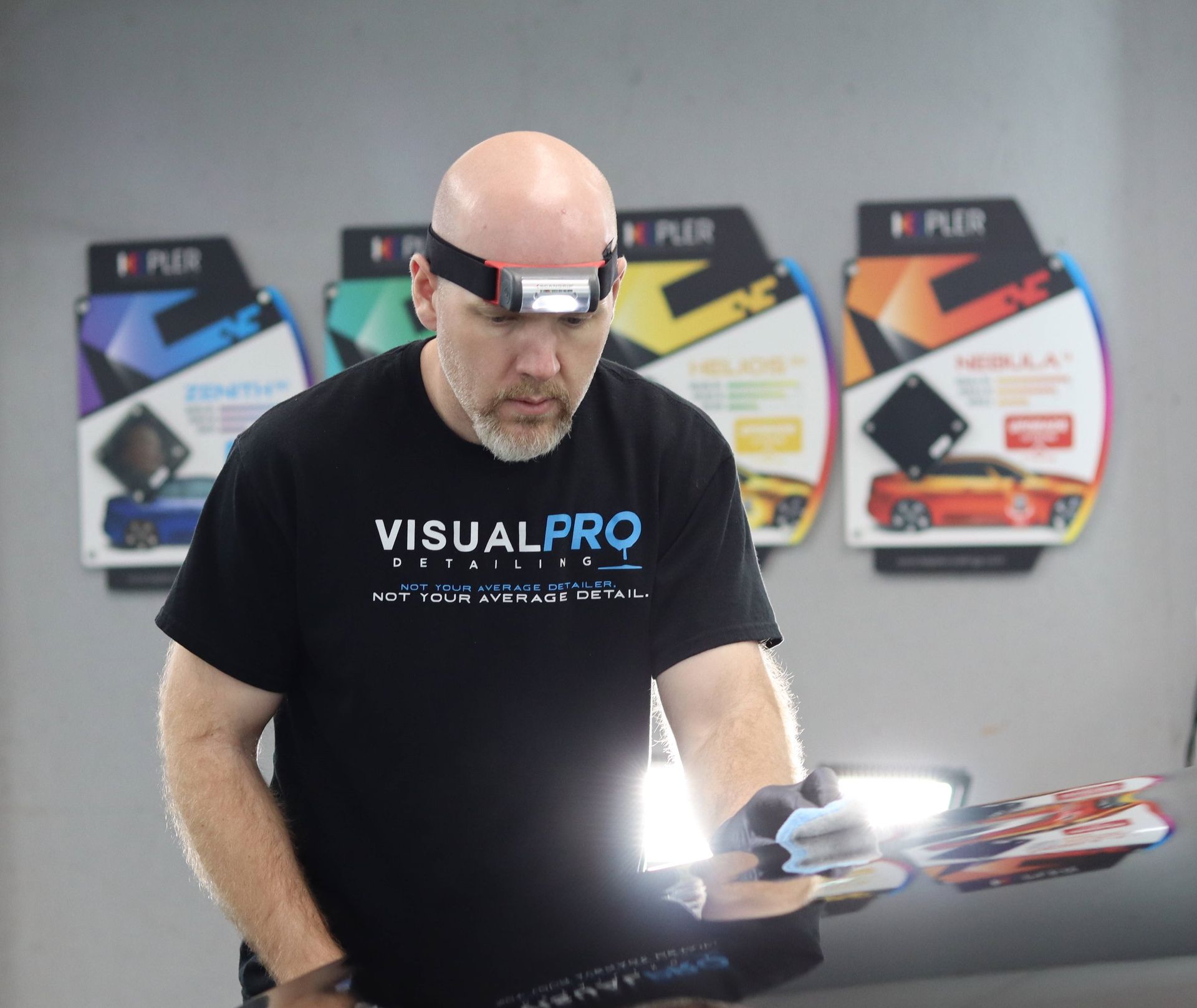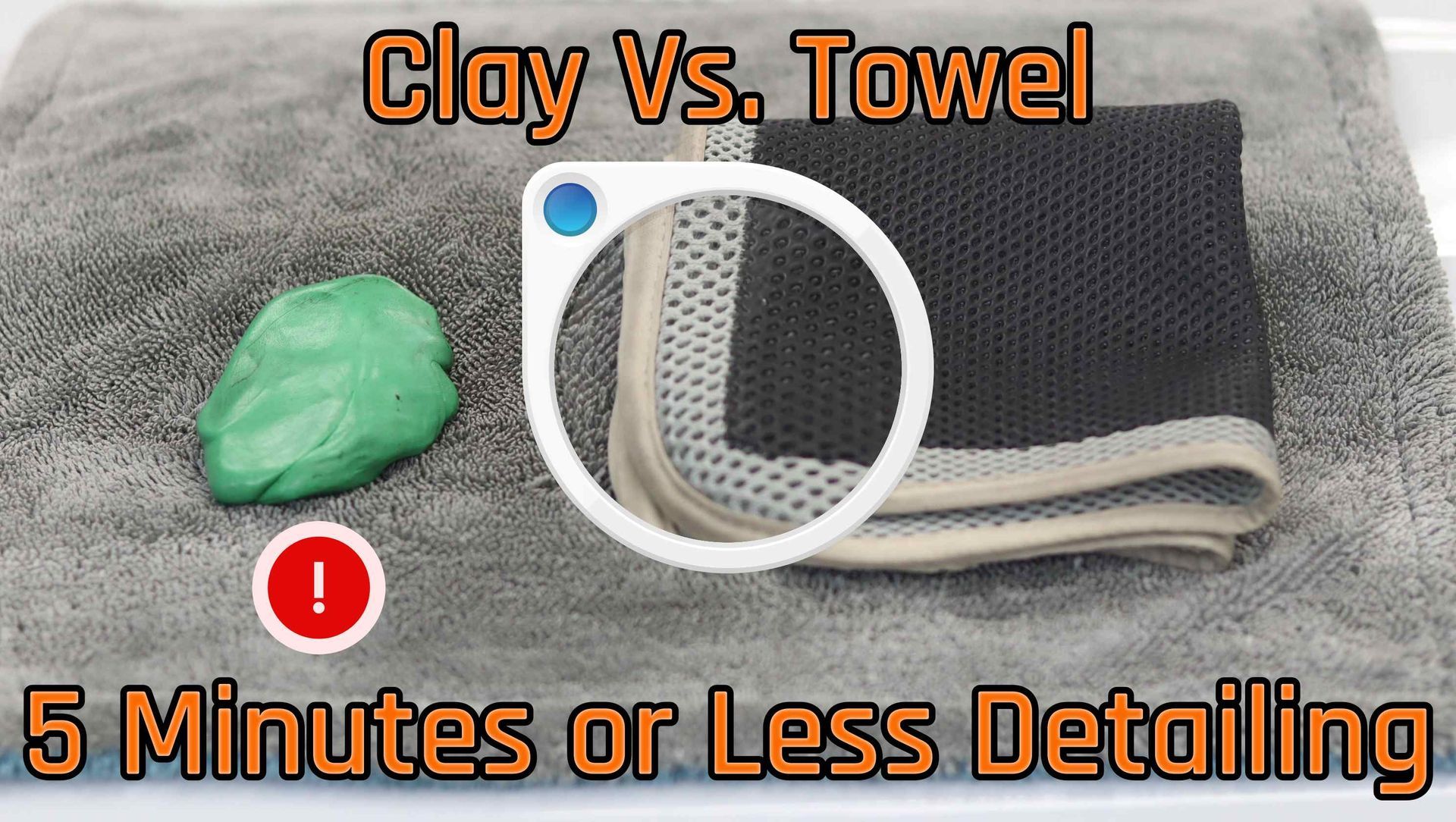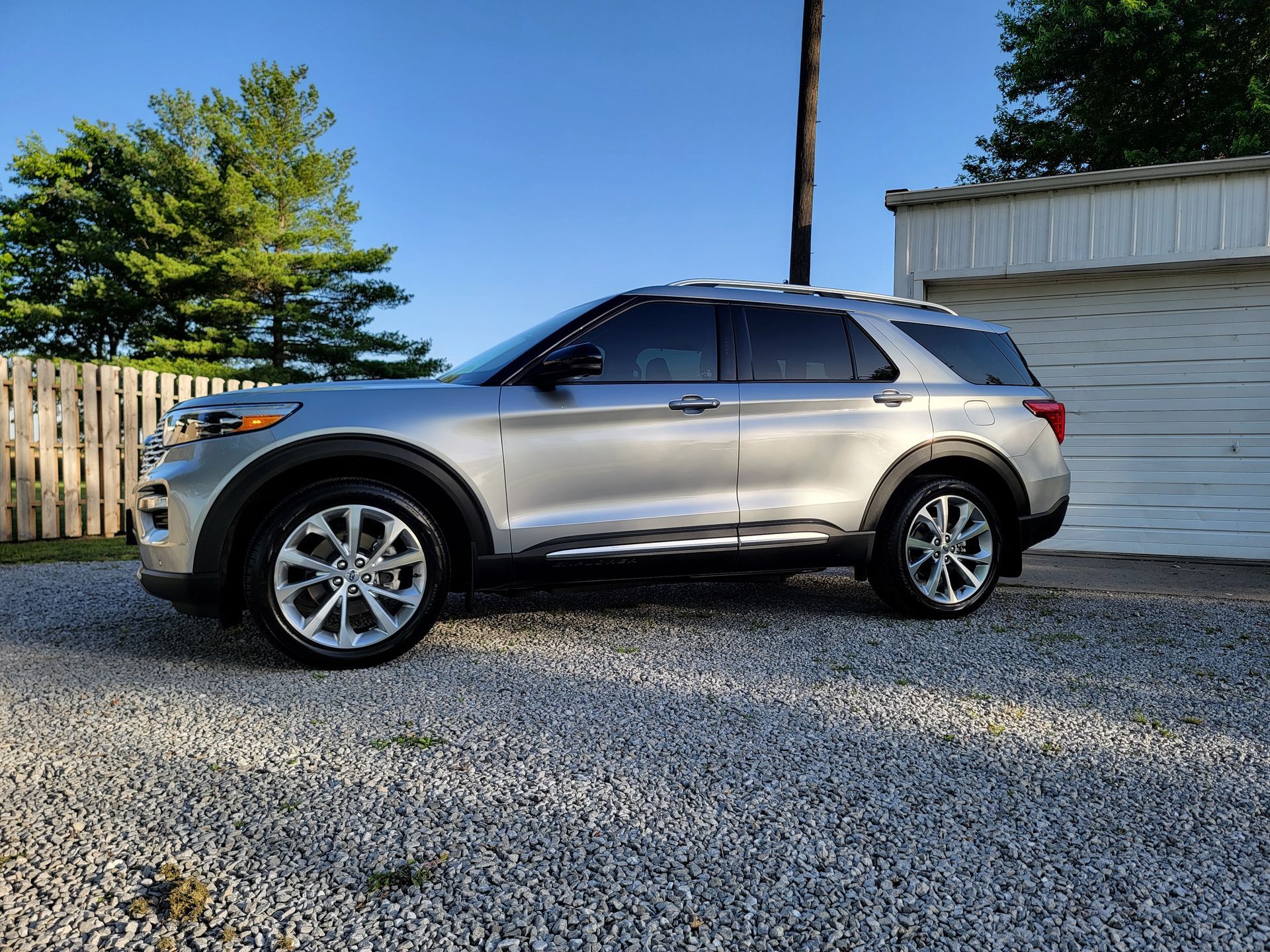Shine, gloss, and an impeccable finish are the hallmarks of a well-maintained car. But what happens when swirl marks, scratches, and fading appear on the surface of your beloved vehicle? This is where paint correction steps in to save the day—and your car’s exterior. In this post, we'll take a deep dive into the world of paint correction, detailing its benefits and the processes involved to restore your car's paint to its former glory.
Introduction
Paint correction, for many car enthusiasts and consumers alike, is a critical aspect of vehicle maintenance. More than just a cosmetic fix, it's a transformative process that can revivify a paint job that’s been marred by the elements and daily wear and tear. But what is paint correction, exactly, and why should you consider it? Let’s polish up our knowledge.
What is Paint Correction?
Paint correction is a term used in the auto detailing industry that refers to the process of restoring and rejuvenating the paint of a vehicle, mostly through the elimination of surface imperfections. These imperfections, which detract from a car's overall appearance, include things like swirl marks, fine scratches, bird dropping etching, water spots, holograms, and oxidization.

Benefits of Paint Correction
The process of paint correction comes with several advantages:
- Restoring paint finish: Over time, the paint can lose its luster. Paint correction helps to bring back the original shine.
- Removing imperfections: Small scratches and blemishes are meticulously polished out, leaving behind a smooth surface.
- Enhancing the appearance of a vehicle: A corrected paint job can make an aged vehicle look brand new, increasing both its aesthetic appeal and its value.
Paint Correction Process
Here's a simple step-by-step guide explaining the basic process of paint correction:
- Thorough Washing: Any paint correction must begin with a thorough wash to remove loose dirt and debris.
- Decontamination: This step involves removing bonded contaminants that a regular wash can’t, using clay bars or other specialized products.
- Scratch Assessment: The paintwork is examined, typically with high-intensity lighting, to identify the extent of damage.
- Polishing: Using varying grades of polish and buffing pads to remove or reduce visible imperfections.
- Refinement: An additional polishing stage to refine the finish and enhance paint gloss.
- Protection: The application of wax, sealant, or a ceramic coating to protect the corrected paintwork.
Common tools and materials required for paint correction include a dual-action or rotary polisher, various grades of foam and microfiber pads, compound and polish, and detailing clay.
Professional vs. DIY Paint Correction
When considering paint correction, you are typically faced with two options: hiring a professional or doing it yourself.
Pros of Hiring a Professional:
- Expertise and experience
- Access to professional-grade tools and products
- Time savings and convenience
Tips for DIY Paint Correction:
- Ensure you have the right equipment and high-quality products
- Familiarize yourself with polishing techniques through tutorials and guides
- Start with a less visible area to hone your skills before moving to more prominent parts of the car
Maintaining the Results of Paint Correction
After investing time or money into paint correction, it’s vital to maintain the results:
- Regular Washing: Use pH-neutral auto shampoo and a microfiber wash mitt.
- Protective Coatings: Regularly apply a wax or sealant to protect the paint from UV rays and contaminants.
- Garage Parking: Whenever possible, park your car in a garage or shaded area to avoid sun damage and environmental pollutants.
Conclusion
Paint correction is not just vanity; it's a vital part of car maintenance that keeps the vehicle looking its best. Whether you decide to hire a professional or take on the challenge yourself, understanding the importance and benefits of paint correction can influence your approach to vehicle care and ultimately extend the life and beauty of your car's exterior.
And remember, as with everything car-related, the effort you put into maintenance goes a long way—paint correction is no exception. Keep your ride looking pristine, and enjoy the satisfaction that comes with a brilliant, flawless finish.








